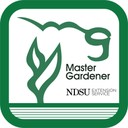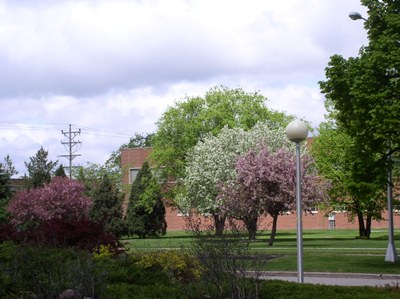Emerald Ash Borer - Diversity/Replacement Trees
Many species of tall deciduous trees are available for conservation plantings as well as in urban areas. (Some, such as cottonwood or boxelder are probably better suited to conservation plantings.) The ND Tree Selector (http://www.ag.ndsu.edu/tree-selector/) is an online tool that helps users choose tree and shrub species based on a variety of characteristics. Are you looking for something that is fast growing? Or a tree that is long-lived? Perhaps a species with pretty flowers? The ND Tree Selector can help you find species to consider for your next planting.
And don’t forget to visit with your local professionals – city foresters, nursery owners and many others who have been planting trees for years can make recommendations about which species will do well – and those that won’t!
Additional information about EAB is available from the ND Department of Agriculture at: https://www.nd.gov/ndda/plant-industries/pest-survey-and-outreach/emerald-ash-borer-eab. For more information about tree pests such as Dutch elm disease, gypsy moth, and others, please visit the ND Invasives website at: http://www.ndinvasives.org/.






